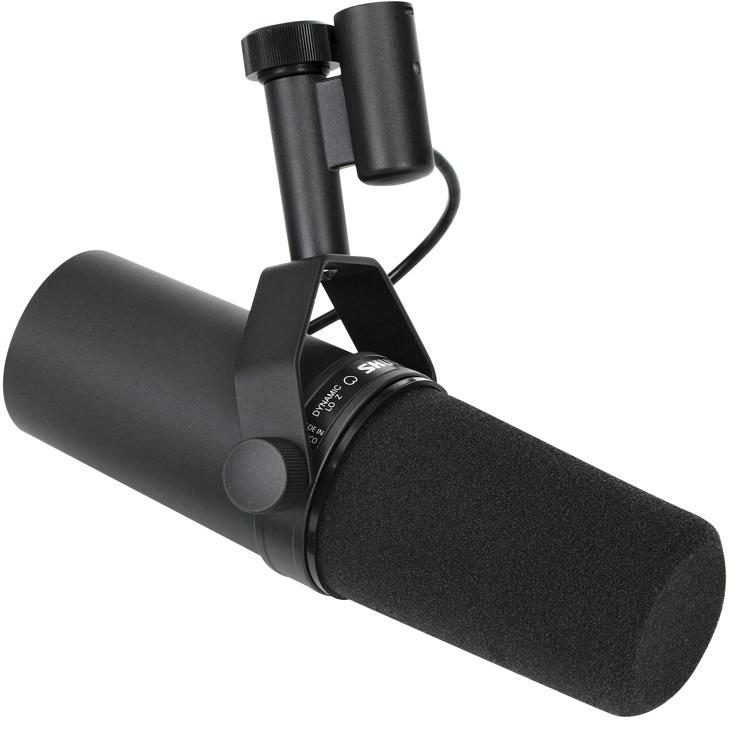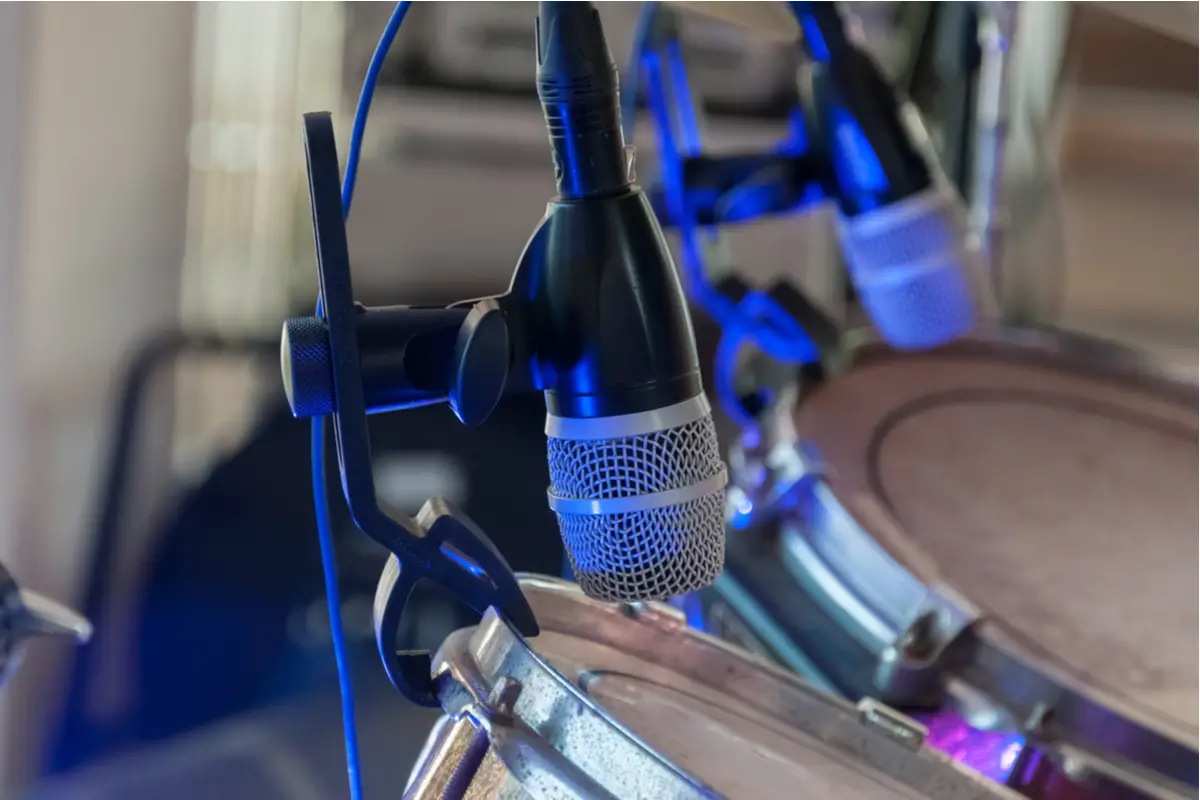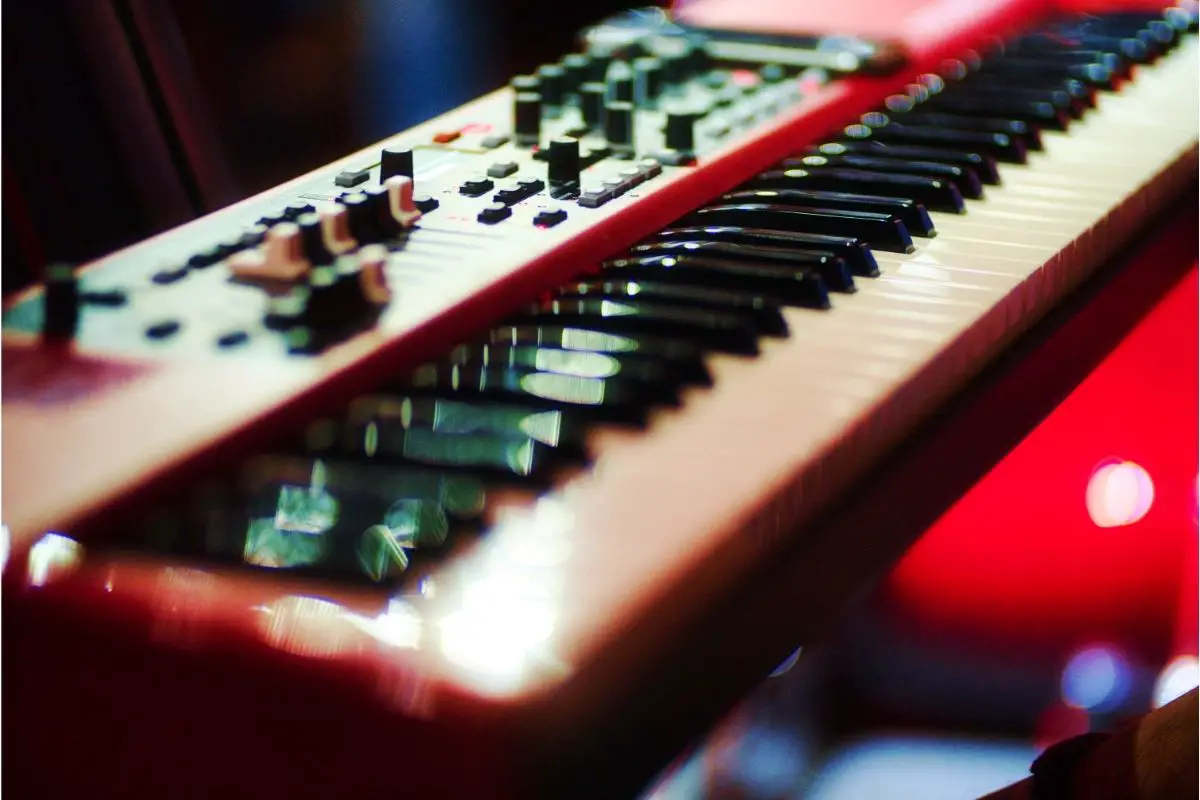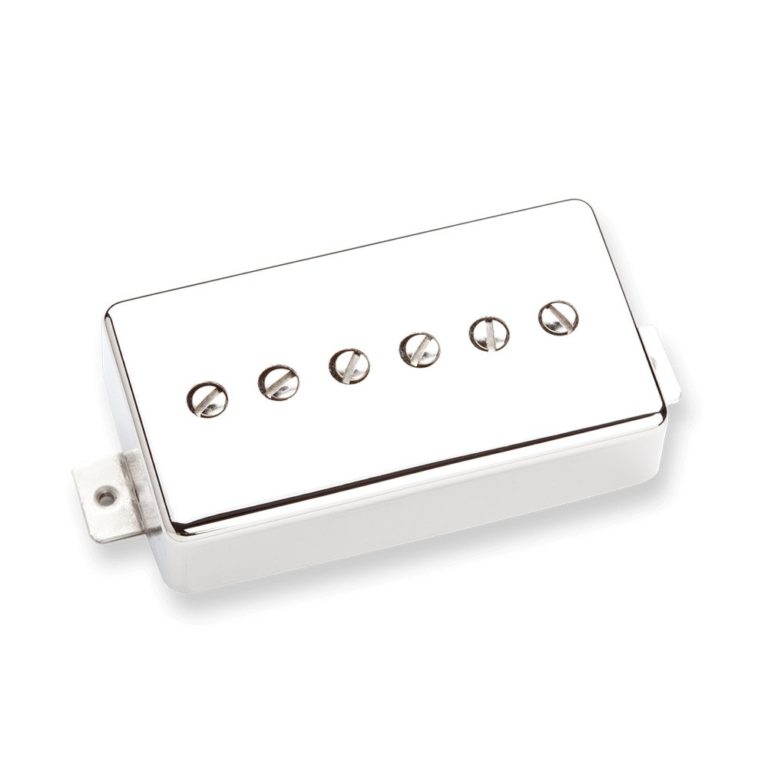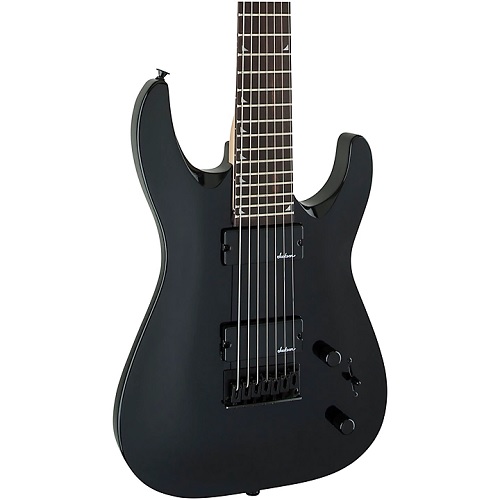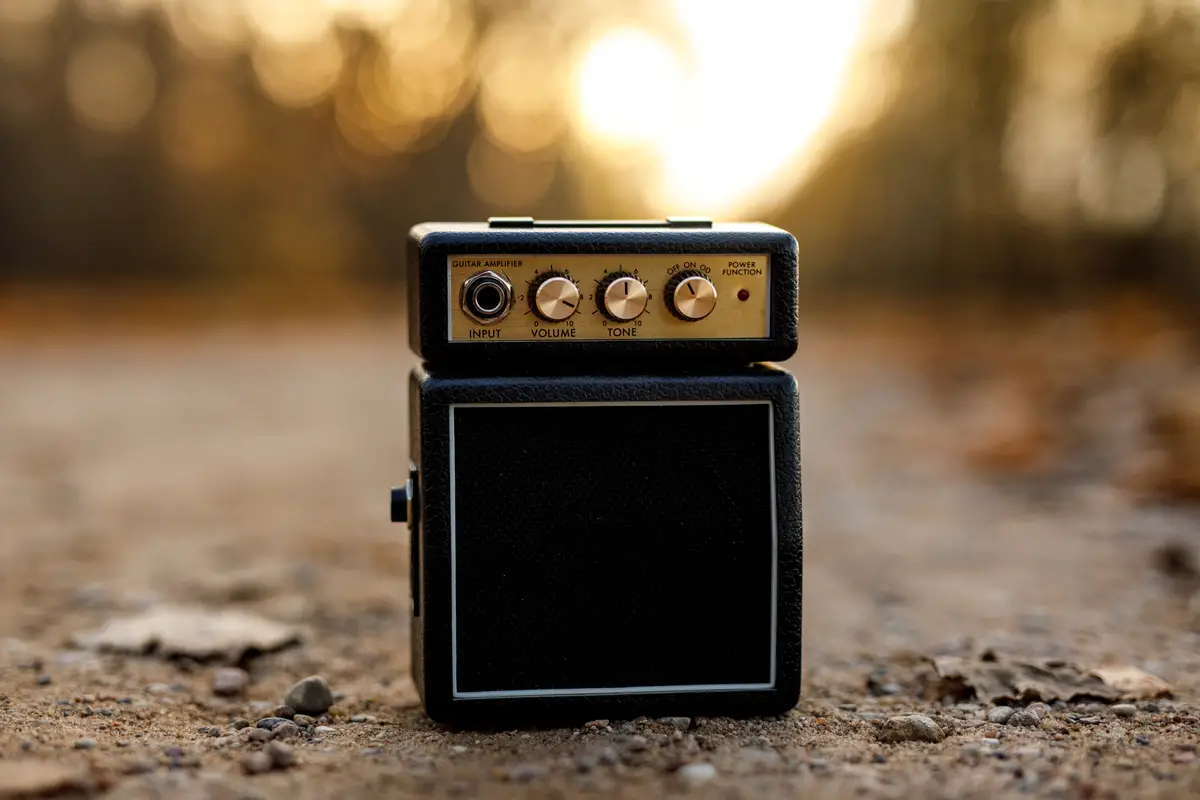Why are microphones so expensive?
Microphones always cost more than they should when looking for new gear. So, why are microphones so expensive?
Many leading brands ensure their devices can record high-quality audio, are made from premium materials and are loaded with extra features to suit various customer needs. These top brands don’t like to skimp on quality.
Buying a decent microphone can break the bank. Especially if you don’t know what you are looking for. After all, the type of model and its additional features can make or break the final result of a recording.
Therefore, it’s best to know as much as possible before starting your search for a new microphone. Having this knowledge can make the final decision that much easier. So why are microphones so expensive?
Identifying the right microphone
Before searching for the right microphone for your needs, you need to be aware that not any microphone will do. After all, different types of microphones have different purposes and features available for a user. Understanding all this makes a big difference to your overall purchase.
What are the different types of microphones?
Musicians, podcasters, and radio people use different types of microphones in the industry. No less than four types in all. These are:
- Dynamic Microphone
- Large-diaphragm condenser microphones
- Small diaphragm condenser microphones
- Ribbon microphones
Dynamic microphones are the ones you are most likely to come across at home. These dynamic mics come in various shapes and sizes. They are great all-around microphones that suit personal and professional use.
You will likely come across condenser and ribbon microphones in a more professional setting. Ribbon microphones are more closely associated with radio broadcasting – particularly from a more traditional setting.
These then evolved into condenser microphones, the large, hanging microphones you will discover in a recording studio or music video.
How does sound quality vary based on the type of microphone?
Just because all microphones record sound, it doesn’t mean they all record the same types of sound. Ultimately, your sound quality depends on how your microphone captures sound waves.
Smaller models, like dynamic mics, use an induction coil within a magnetic field to capture sound. This magnetic coil makes them suited for use in recording sounds from a range of different sources without any discrepancies.
However, larger models, such as condenser or ribbon mics, are much more sensitive to what they can handle. Drawing on significant power sources and tools – like a capacitor – to capture sound, they pick up much more unstable sound waves that vary in volume and pitch. They often capture more volatile sources, such as human speech.
All this contributes to finding a type of microphone that not only meets your needs but can handle the task at hand. So when selecting among expensive microphones, be picky about the kind of microphone you get.
Why are microphones so expensive?
Despite knowing what sort of microphone you want, it isn’t always best to pick something you think works. This can be due to what the microphone can capture and who has made it. So why are some price tags higher than others?
Some microphones use high-quality components
We expect expensive microphones to be packing many high-quality components, which is generally the case. You will find many top-range microphones rammed with tech to give optimum performance.
For example, you will find that many of them will be capable of recording sound through omnidirectional waves. Some mics can capture sound from any angle instead of through one head area. The directions a microphone can pick up differ based on their polar patterns.
Furthermore, some models also have noise-canceling sensors built inside to suppress outside interference. This means that the mic can filter out unwanted background noise and focus on the target sound in the foreground.
Some microphones are sold based on branding
A lot of it also comes down to branding. After all, companies with a good reputation will look to cash in on it. But it also does put an added expectation into the overall quality you expect of that mic.
If you are buying a reputable brand like Sennheiser or Shure, you expect to get a microphone capable of performing at the highest level. Therefore, a higher price tag is justifiable in the long run.
Of course, this doesn’t mean that no-name brands won’t be able to perform at a similar level. Particularly with dynamic mics, you may discover that an unknown brand can do the job. Branding isn’t everything.
It’s why you need to think about what is in a name and how that adds to what the microphone can handle when purchasing a device.
Revealing the best (and most expensive) microphones around today
Dynamic Microphones
Dynamic microphones are the most crowded microphone market around today. You will find dynamic mics accessible from almost anywhere you can think of. However, it also means that the price difference can bring about a vast gulf in the quality of what you record.
The best dynamic microphones are not only capable of handling a range of different sounds, but they can work in almost any environment. Musicians can use them in practically any application you can think of. From karaoke and phone chats to live guitars and even drums, you will find that a dynamic microphone is suited for all uses.
Because of the use flexibility of dynamic mics, a price tag can often be difficult to judge. Many cheaper models offer limited sound quality, but you can also find excellent models that may be severely undervalued. So what are the best dynamic mics available today?
Shure SM7B
- ONE MICROPHONE FOR EVERYTHING – Studio Recording, Home Recording, Podcasting & Streaming. The SM7B Is Trusted By The Worlds Leading Vocalists, Podcasters & Streamers.
- STUDIO VOCAL RECORDING – The SM7B’s Dynamic Cartridge With Smooth, Flat, Wide-range Frequency Response Produces Exceptionally Clean & Natural Reproduction Of Both Music & Speech.
- PODCAST & BROADCAST – Found In The Top Podcasting Studios Around The World, The SM7B Air Suspension Shock Isolation & Pop Filter Eliminate Both Mechanical Noise And Breathiness. So Words Get Through And The Rest Stays Out Of The Mix.
- STREAMING CONTENT – Professional Live Streaming Starts With A Microphone Capable Of Capturing Exceptionally Clean And Natural Reproduction Of Both Music And Speech. The SM7B Has Been A Pioneer In Such Abilities For Decades.
- PROFESSIONAL XLR CONNECTION – The XLR Connection Along With An Audio Interface Allows You More Control Over The Sound — Thus A Better Overall Sound Quality.
No brand has a glowing reputation quite like Shure regarding dynamic microphones. That’s why the SM7B is perhaps one of the best mics in the entertainment industry.
The most significant selling point of the SM7B is how it can isolate target sounds. This comes thanks to an electromagnetic casing that drowns out low hums and a hidden windshield when out in the open. It also has a dynamic cartridge behind the head, allowing it to process and record various frequencies coming from all directions.
The SM7B is automatically built with full shock absorption technology to handle any knockbacks in a tight space without jeopardizing sound quality. The SM7B uses XLR technology, allowing it to work at a minimum of 60Db to ensure that the quality levels remain consistent throughout recording. With it also being supported by Shure’s extensive editing and support software platform, the SM7B is tough to beat.
Pros
- Filters out background noise
- High-quality audio
- Captures sound from all angles
Cons:
- It comes without extra gear
- Difficult to set up
Se V7 Billy Gibbons Signature Microphone
- Frequency range: 40 Hz – 19 kHz
- Electrical impedance: 300 Ohms
- Sensitivity: 2.0 mV / Pa (-54 dBV)
- Includes: V7 BFG microphone, Mic clip, Thread adapter, Leatherette pouch, Microfiber polishing cloth, V7 BFG sticker, 2x Jim Dunlop Custom Gel Picks (BFG Signature), Spare black internal screen, User manual with warranty card
- Recommended Use: Vocals, speech, broadcasting, podcasting, electric guitar, drums
Sporting the name of the legendary ZZ Top frontman, the Se V7 Billy Gibbons Signature Microphone is a great dynamic mic to get your hands on. The microphone uses a super-cardioid polar effect that captures sound clearly from all areas.
The Se V7 also boosts the gain and reduces feedback levels to ensure that you can isolate the sound while the mic is in use. It all comes together to produce consistently high-quality audio in one take.
Some excellent design features make it ideal for use on stage. The head casing contains a shock mount that prevents unnecessary vibrations when used in your hand. Also, on a stand, a beveled edge around the grill helps it stay still and stops it from rolling if knocked. If you want a killer look glistening with Billy Gibbons’ signature on the handle, this is atop-level mica great discovery for any keen performer.
Pros:
- Great look
- Excellent audio quality
- Reduces feedback on stage
Cons:
- Some issues with chrome plating
- It gives off a rubber smell
Large Diaphragm Condenser Microphones
These are generally the budge-breaker when it comes to microphones. Large condensers are typically microphones you find in recording studios and other high-end recording venues. These often require a more extensive setup and can be more volatile for recording – hence why you find them in studios.
However, large diaphragm condenser microphones can capture powerful sounds with ease. It’s why you find the best singers using them to record powerful vocals when laying down tracks. This can make for a significant expenditure, but if you want to get that killer vocal line nailed down, these are the mics you need.
United Studio Technologies UT Twin 87
- Large Diaphragm Condenser Microphone with Dual Circuit
- 3 Polar Patterns
- Suspension Mount
- -10dB pad
- RF Filter
If you wanted a large condenser microphone that can handle anything, then the UST UT Twin 87 could be just what you’re after. The key feature here is that it can operate in two modes to give the sound style you want. In its Vintage Mode, the Twin 87 uses polarization to insulate sounds giving a warmer and softer tone. If you use it in Modern Mode, the power is beefed up via oscillation to produce a loud and powerful sound.
The Twin 87 can isolate unwanted sounds from getting in and filters out background electromagnetic waves and radio frequencies. The power source also is generated using a nickel transformer that modifies power depending on the mode used, preventing any glitches from developing. These features result in a microphone that gives you complete control over what you want to produce in the studio.
Pros:
- Various modes
- Excellent sound captures
- Minimal interference
Cons:
- Expensive
- Not suited for outdoor use
LEWITT LCT440 Pure
- The Essence Of Studio Sound: The Lct 440 Pure Is A Large-Diaphragm Condenser Microphone For Highly Detailed, Nuanced Recordings
- A True Allrounder; Record Your Vocals, Guitar Amps, Acoustic Instruments, And More; For Anything From Home Recording To Upscale Studio Production
- Capture Your Individual Sound; The Gold-Layered 1″ True Condenser Capsule Records Your Signal With An Impressive Amount Of Depth And Clarity
- No Limits On The Technical Side; It Features A Very Low Self-Noise Value And Handles Ear-Shattering Sound Pressure Levels
If you want a microphone that can handle extreme sounds, then the Lewitt LCT440 Pure is a great option to pursue. The LCT440 can take powerful sounds at any moment. It can handle a range of 133Db and has low feedback to isolate each tone in high quality. Furthermore, the 1″ condenser can capture multiple sound types making it ideal for use with vocals, guitars, or even drums.
Away from the inner workings, the LCT440 is lightweight, weighing only 310g making it easy to place in a mic stand on a desk or free-standing in a studio. It also has a gold-plated that amplifies sound quality and has a killer look, making it a great all-around piece. The LCT440 Pure is an excellent condenser mic that suits all needs.
Pros:
- Excellent range
- Handles powerful sounds
- Looks great
Cons:
- It sounds a little unnatural
- It gives a synthetic edge to vocals
Small Diaphragm Condenser Microphone
A much more compact version of a condenser microphone, these small devices are great for high-quality audio on other devices. Small condensers are usually part of headsets or integrated with other devices that require managing high-ranging sound waves.
This design choice ensures that you can still enjoy the benefits of high-sound quality in platforms and areas that need it. You will often see professional musicians using a headset on stage or when doing a live TV broadcast. These mics offer a great solution without sacrificing space or quality.
AKG C451-B Microphone
- Small-diaphragm Cardioid Condenser Microphone with Selectable Pad Highpass Filter
Based on the design of AKG’s older models, the C451-B is one of the top small diaphragm condenser microphones on the market today. Its main feature is that you can use the condenser setup in almost any environment.
The build is a high-quality, handcrafted steel body, which is fully shockproof to prevent any audio from being impacted. Furthermore, it has a filter on the body to reduce external sound interference and promote incoming audio. The cardioid condenser can handle sound levels up to 155D.
The microphone is also easy to transport in any bag or rucksack. It weighs 15oz and is no larger than 11in.
The C451-B is an excellent device to use whenever you are constantly on the move.
Pros:
- Durable
- Easy to transport
- Good sound variation
Cons:
- It gives off a slight hiss
- Struggles toward the top end of the decibel range
Ribbon Microphones
These might look old-school, but ribbon microphones are still just as relevant today. Like the human ear, ribbon mics use a thin metal strip to capture sounds naturally and amplify them. This passive style lets them pick up lower-end frequencies and high-end frequencies.
Ribbon microphones have worked in both radio and studios for decades. Even if they are known to be somewhat temperamental, they still deliver clear and crisp sounds that few other microphone types can manage accordingly.
Beyerdynamic M 160 Double Ribbon
- Unique double ribbon microphone transducer with hypercardioid polar pattern
- Extended frequency response
- Excellent transparency and transient response
- Compact and rugged design
- Warm and natural sound.Microphone Frequency Response:40 – 18,000 Hz
If you want a way to record instruments without difficulty, the Beyerdynamic M160 is an excellent choice for your needs. At the heart of this setup is a double transducer that can pick up a wide range of quality sounds. This flexibility makes it ideal for minimal-fuss recording instruments such as guitars or drums.
A wired power source can also be used for long hours, meaning you don’t have to worry about rushing to get the ideal sound quality. It also has a chromium body that reduces glare, meaning players won’t be affected by bright stage lights or the beaming sun. It is an excellent device for recording instruments.
Pros:
- Great frequency range
- Endless run-time
- Reduced-glare body
Cons:
- Weak on high-end sounds
- It needs a live power source
Golden Age R1 Mk2
- Passive Ribbon Microphone with Figure-8 Polar Pattern
If you want a ribbon microphone that looks just as good as it sounds, look no further than the Golden Age R1 Mk2. This ribbon microphone is a bi-directional ribbon mic that captures sound from multiple angles giving a soft and smooth audio line. It’s also got a range of 52Db, allowing it to cope with vocal melodies easily.
There’s also a great mix of vintage and modern with the Mk2. Its gold-plated body wouldn’t look out of place in a 1950s studio. However, it uses XLR connectivity to sync with all the latest software and supporting gear. This combines into an excellent blend that creates a unique way to lay down vocal and acoustic sounds.
Pros:
- Great look
- Bidirectional polarity captures a wide sound range
- Delivers soft tones
Cons:
- Wired device,
- Some unpredictability on range limits
FAQ
Are all microphones wired?
No – it depends on the power needed to run the device itself. Many dynamic microphones can run comfortably on batteries due to their compact nature. However, larger condenser mics and ribbon microphones often run using a wired power source.
Do all microphones filter out background noise?
Most modern microphones will have some background filter built in. This may be down to electronic sensors or the casing style. However, these all help reduce background noise that could ruin your recording.
So what’s the verdict?
Ultimately, it’s not difficult to see why many microphones may cost more than you expect. Some types, such as condensers, require tremendous power and tech to produce a high-end sound. Other models will look to use their reputation and celebrity endorsements to jack up the price in comparison to some of their rivals.
Knowing whether a cheaper dynamic microphone can handle the same job as a more powerful condenser or ribbon mic will help you with an informed decision. We like models such as the UT Twin 87 and the Beyerdynamic M160n to capture great sounds for vocals and instruments. However, the overall package from something like the Shure SM7B sometimes suggests why microphones are so expensive.

